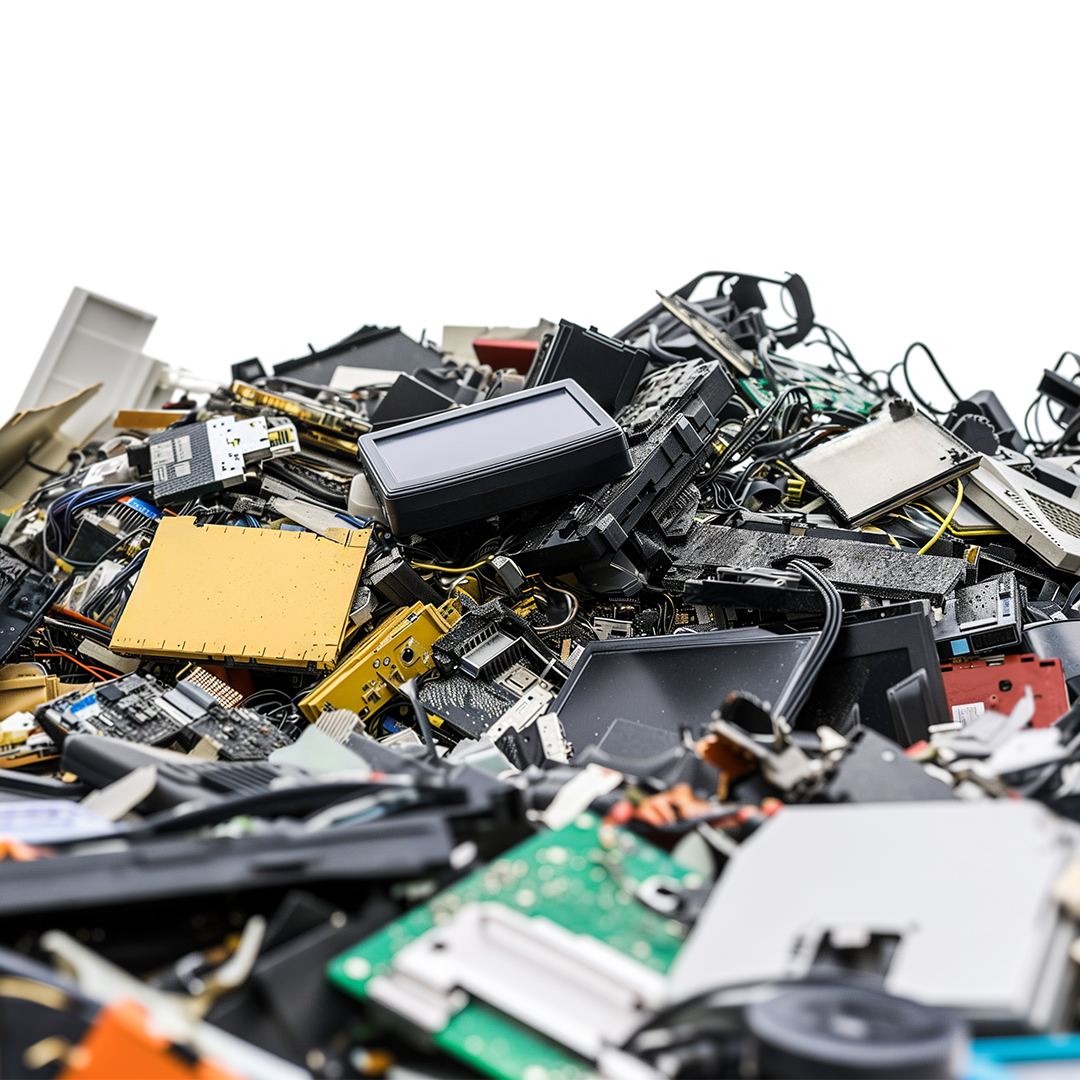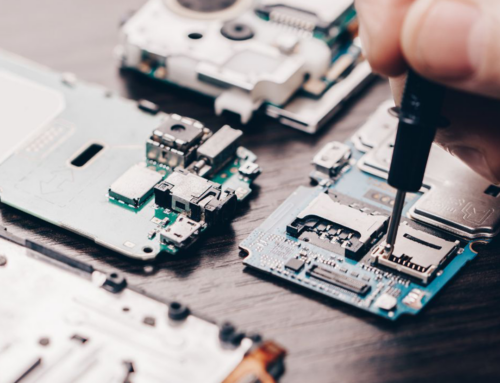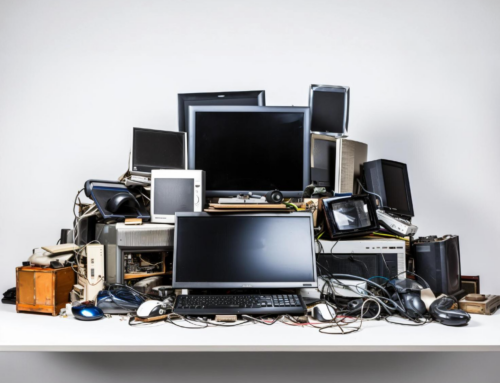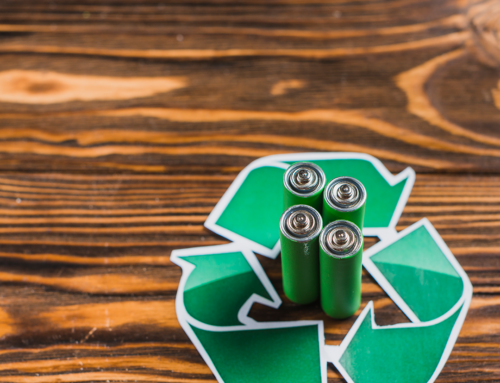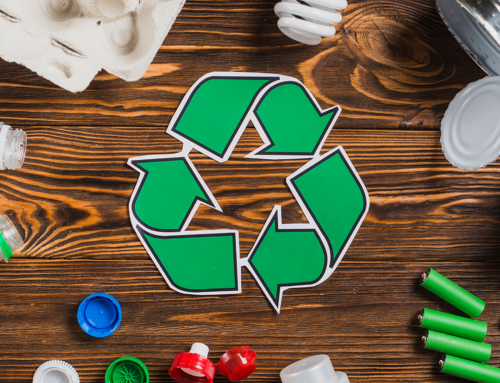Electronic waste (e-waste) refers to discarded electronic devices and components, such as old computers, mobile phones, televisions, and appliances that no longer serve their intended purpose. As technology continues to advance at an unprecedented rate, the volume of e-waste is increasing rapidly. While e-waste contains valuable materials like gold, copper, and rare earth metals, it also contains harmful substances that pose a significant threat to human health and the environment. The improper disposal of e-waste has become a pressing global issue, and addressing it is crucial for both environmental and public health protection.
What Are E-Waste and Its Sources?
E-waste encompasses a wide variety of discarded electronic items, including:
-
Consumer Electronics: Mobile phones, laptops, desktop computers, televisions, tablets, and gaming consoles.
-
Home Appliances: Refrigerators, air conditioners, washing machines, and microwaves.
-
Office Equipment: Printers, fax machines, and copiers.
-
Other Electronics: Batteries, circuit boards, and various electronic components.
As technology evolves, consumers often replace older devices with newer models. This cycle of continuous upgrades results in the rapid accumulation of discarded electronics, contributing to the exponential growth of e-waste.
Why is E-Waste a Growing Problem?
There are several key reasons why e-waste has become a growing issue:
-
Increased Consumer Demand for Electronics: With advancements in technology and the increasing reliance on digital devices, the demand for new electronic products continues to rise. As a result, older devices are quickly discarded to make room for newer, more advanced models.
-
Shorter Lifespan of Electronics: Many modern electronics are designed to have shorter lifespans, making them obsolete faster. Manufacturers often prioritize aesthetics, performance, and planned obsolescence, rather than durability, leading to an increase in electronic waste.
-
Obsolescence of Older Models: As new technologies emerge, older electronic devices become incompatible with modern software, making them less useful. This obsolescence leads to the rapid discarding of electronics that could still have a functional lifespan.
-
Global E-Waste Generation: The global increase in the consumption of electronic devices has led to a significant rise in e-waste generation. According to the United Nations, the world generates over 50 million metric tons of e-waste annually, and this number is expected to grow by 21% in the next four years.
The Environmental Impact of Improper E-Waste Disposal
The improper disposal of e-waste is one of the most pressing environmental challenges of our time. When e-waste is dumped in landfills or burned, toxic substances can leach into the soil, water, and air, causing widespread contamination. Some of the most harmful effects include:
-
Soil and Water Contamination: Harmful chemicals like lead, mercury, and cadmium from e-waste can seep into the soil and groundwater, polluting ecosystems and affecting plant and animal life. These toxins can also make their way into food chains, posing health risks to humans who consume contaminated food.
-
Air Pollution: Burning e-waste releases toxic fumes, including dioxins and furans, which are harmful to human health. These pollutants can cause respiratory problems, skin irritation, and long-term diseases such as cancer.
-
Greenhouse Gas Emissions: E-waste often contains materials like plastics that, when burned, release greenhouse gases into the atmosphere. This contributes to global warming and climate change.
The Health Risks of Improper E-Waste Disposal
The health risks associated with improper e-waste management are significant, especially for workers in informal recycling sectors and communities near landfills or e-waste processing sites. Exposure to the toxic components in e-waste can lead to a range of health issues, including:
-
Neurological Damage: Lead, mercury, and cadmium are neurotoxic and can cause permanent damage to the brain, nervous system, and cognitive development, particularly in children.
-
Respiratory Issues: The inhalation of fumes from burning e-waste or dust from electronic components can lead to chronic respiratory conditions, asthma, and other lung diseases.
-
Reproductive and Developmental Problems: Chemicals found in e-waste, such as phthalates and brominated flame retardants (BFRs), can disrupt hormonal systems and lead to developmental issues, birth defects, and fertility problems.
-
Cancer Risk: Long-term exposure to certain materials in e-waste, such as arsenic, cadmium, and lead, is linked to an increased risk of cancer, particularly lung and skin cancer.
Solutions to the E-Waste Problem
To address the growing e-waste issue, several solutions can be implemented:
-
Responsible Recycling: E-waste should be recycled through certified facilities that follow proper environmental and health standards. Recycling allows valuable materials to be recovered while ensuring that harmful substances are disposed of safely.
-
Extended Producer Responsibility (EPR): Manufacturers should take responsibility for the end-of-life disposal of their products. EPR programs encourage companies to design products that are easier to recycle and to manage the collection and recycling of their products once they are discarded.
-
Public Awareness and Education: Raising awareness about the importance of responsible e-waste disposal and recycling can help consumers make informed decisions. Many people are unaware of the dangers of improper e-waste disposal and the benefits of recycling.
-
Repair and Reuse: Encouraging the repair and reuse of electronic devices can extend their lifespan, reducing the need for new products and decreasing the volume of e-waste generated.
Conclusion
E-waste is a growing global problem that poses significant risks to the environment and human health. The improper disposal of electronic devices can lead to toxic contamination, health issues, and the depletion of valuable resources. By adopting responsible recycling practices, promoting extended producer responsibility, and encouraging repair and reuse, we can reduce the harmful effects of e-waste. It’s crucial that consumers, businesses, and governments work together to address this issue and promote a sustainable approach to managing electronic waste.

